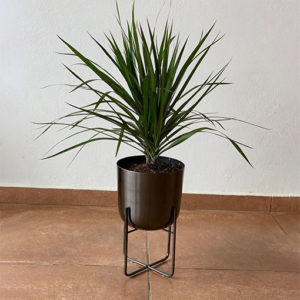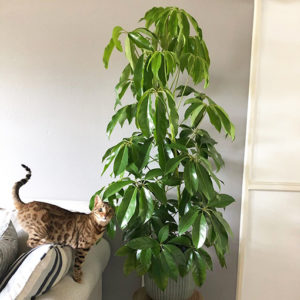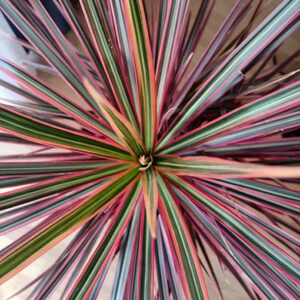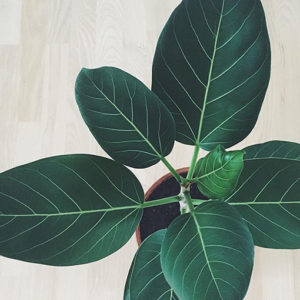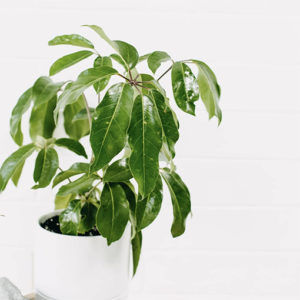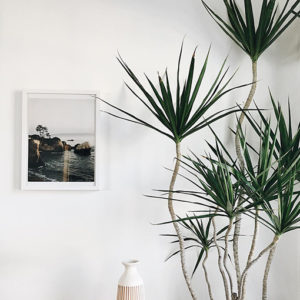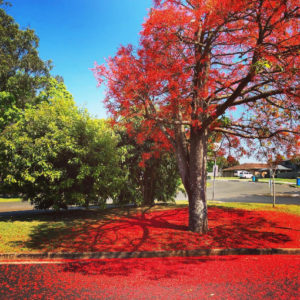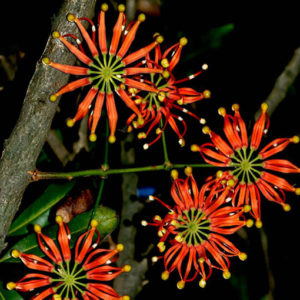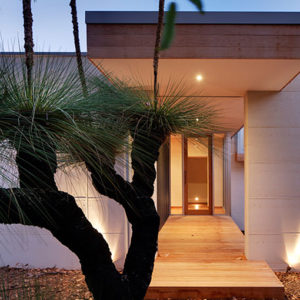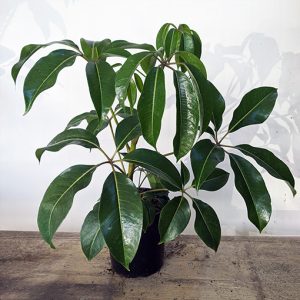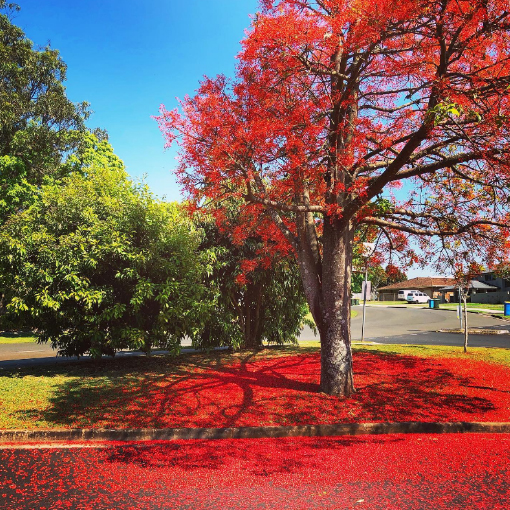
The Illawarra Flame Tree will stop you in your tracks and have you seeing red, but in the best kind of way! Have you seen one of these striking and eye-catching flame trees?!🔥🔥 An Australian Native Tree that blooms into a sea of red, often just in time for Christmas, so a Tree that bears gifts, what more could you ask for?! 🎄🎁🎄🎁
Why we’re glad you asked as we do our best to have a steady supply of Illawarra Flame Tree in stock.
Illawarra Flame Tree Introduction
The Illawarra Flame Tree is most famous for its intense flame red blooms, where its foliage drops and the tree becomes a sea of saturated red. The flame tree is an Australian Native Tree found in the Queensland tropics and has big lush green tropical foliage. Brachychiton acerifolius, has its roots deeply connected with Indigenous Australians. The seeds were consumed as a rich source of protein, the inner bark was used to make string, fishing nets and traps, making it a complete economic package! Commonly called as Illawarra Flame Tree or simply known as the Flame Tree or Kurrajongs it has bell shaped, brilliant scarlet red blooms in late Summers. The Flame Tree shows off immense blooming every 5 years, shedding away all of its leaves to create an uninterrupted red spectacle! This spectacular view mimics as a tree set on fire, for the conical canopy arrangement. Yellowing of leaves during early Summer is yet another visual treat to the eyes. It is a rainforest tree that can grow up to 30m tall and can therefore tolerate lower light conditions and we actually have a 6m tree growing in our living room indoors!
Surviving at a mean of 900m above sea level and native to Eastern Australia, the Illawara flame tree enjoys its distribution from Northern New South Wales to far North Queensland. The tree has become naturalized in parts of New South Wales where it did not naturally occupy and is now treated as a weed in parts of wider Sydney and the Blue mountain regions.
Illawarra Flame Tree Planting
The thin and straight trunk of the Flame Tree makes it an ideal option as a street tree and for tighter spaces. If planted as a seed, it takes 8 years for the slow growing Flame Tree to flower. But once established it require very little maintenance. Remember to plant those nursery seedlings 10 m away from your house as the invasive roots of Flametree can damage the foundation of your house. Remember to soak your Brachychiton acerifolius seeds in hot water and let it stay for 24 hours, which promotes germination. Seed raising mix or peat mix can be used for potting. Try to keep the temperatures during germinating at between 21 – 24C degrees and the seedlings should emerge in 2 to 3 weeks.
Illawarra Flame Tree Lighting and Position
Flame Trees enjoy full sun but can tolerate partial shade to full shade. Brachychiton acerifolius survives well in Temperate to Tropical climates. Young Illawara flame trees are susceptible to frost damage. Mature Trees can tolerate lower temperature, even as low as -3.8 ͦ celcius.
Illawarra Flame Tree Watering
Young Brachychiton acerifolius require regular watering and prefer mulching around the base with organic matter. Once they attain an age of 8-10 years they resist drought well.
Illawarra Flame Tree Soil and Fertilizer
Flame trees can tolerate a wide range of soil types. They grow well in well drained, dry and loamy soils. Regular organic matter will be a happy meal for the Brachychiton acerifolius during Autumn. In Spring they appreciate some slow releasing mineral fertiliser.
We recommend using our Plant food available here.
Illawarra Flame Tree Propagation
Seed propagation is the major way to replant Brachychiton acerifolius. The dry woody seeds of a flame tree can burst and disperse its hairy seeds by itself. This makes them a potential weed by nature. Propagating by Stem cuttings can be preferred during Summer or Autumn.
Illawarra Flame Tree Vulnerability to Pests and Diseases
Brachychiton acerifolius is quite resistant to pests and diseases. At times Kurrawong leaf tier, tailed emperor caterpillar and kurrajong weevil can be a nuisance. Occurrence of Crown gall is reported too.
For more information on how to manage common plant pests head to our blog here.
Illawarra Flame Tree Pruning and Maintenance
Trimming the branches of your Flametree to be a single trunk will help to maintain the conical posture of the canopy when matured. Unwanted branches can also be removed.
Illawarra Flame Tree Toxicity
Seeds dispersing out from the dry fruit of Brachychiton acerifolius will be covered with honeycomb of irritant bristles. These can stick in our skin so wear gloves if you are to handle them. Bristles can also be inhaled, thus causing nasal irritation.
Illawarra Flame Tree and Wildlife
Flame trees when flowering are a hive for wildlife and can attract canopy dwelling birds, white headed pigeon and butterflies like Pencilled blue, Helenita blue and Emperor butterflies.
Illawarra Flame Tree Design Tips
The Illawarra Flame Tree is a beautiful tree year-round, but it really is its intense red bloom that will stop people in their tracks and have them reaching for their camera. This striking red makes it a feature tree so you want it in a prominent position. The red can look terrific beside purple plants and it is common to see Flame Trees planted beside the equally impressive purple of the Jacaranda Tree.
Growing it indoors it won’t bloom or reach that level of maturity but it can offer lush jungle green foliage and a beautiful tree form. It needs to be in a very bright spot to do well and being indoors, sheltered from rain and wind it is more likely to experience pests like mealybugs and spider mites. We have a 6m Flame Tree growing in our warehouse living room in a 1.2m x 1.2m open water tank, cladded with old timber, with scoria and drainage in the base to avoid it sitting in water. We would recommend starting with a smaller tree, which would look terrific in a big white pot and be diligent with pests. Ficus will generally be a better option indoors if your space isn’t extremely bright.
Want a Illawarra Flame Tree?

